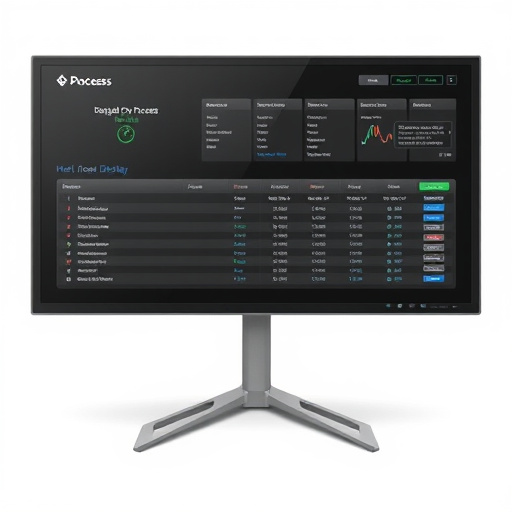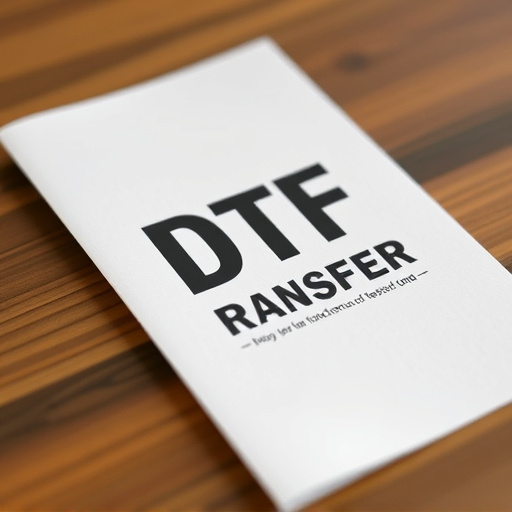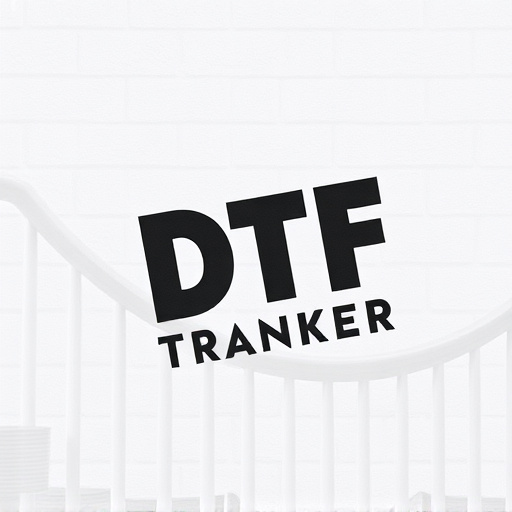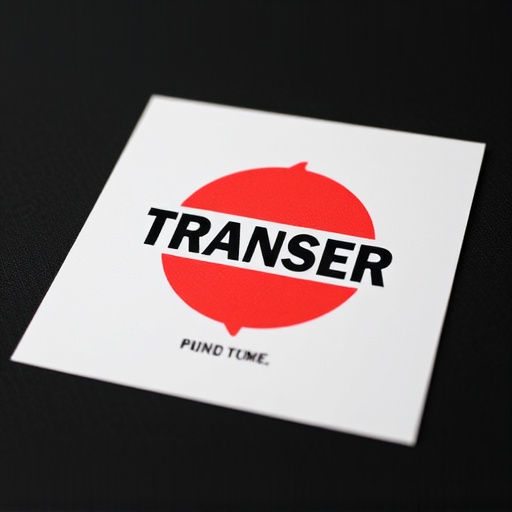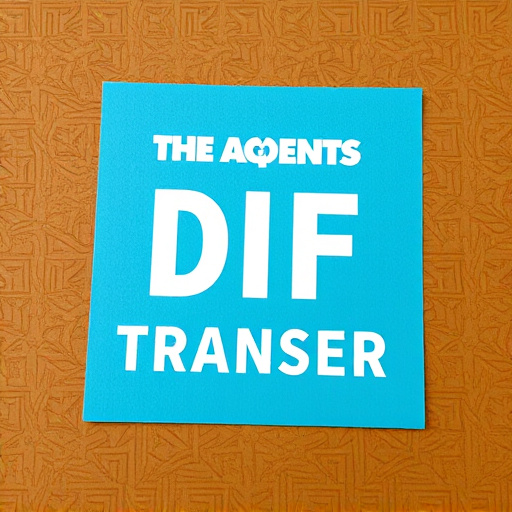Direct to Fabric (DTF) transfer technology is transforming printing, particularly for light-colored garments. It offers precise, vibrant prints with cost-effectiveness and durability, ideal for small batches and custom designs. DTF inks bond directly with fabric fibers, ensuring color accuracy, resistance to fading and cracking, and long-lasting prints. Optimizing transfers requires selecting the right DTF ink, and a meticulous process including surface preparation, positioning, and specialized printing presses. Advancements in ink tech, printheads, and press technologies are driving the future of DTF Printing, promising high-resolution, vibrant prints that rival traditional methods.
“Discover the world of DTF (Direct-to-Fabric) transfer printing, a game-changer for light-colored garment customization. This technology offers an efficient and versatile method to create crisp, vibrant designs on a variety of fabrics without compromising quality.
In this article, we’ll explore the benefits of DTF transfers, from their advanced ink technology to innovative application techniques. Learn how to navigate common challenges and stay ahead of industry trends, ensuring your prints stand out in a competitive market.”
- Understanding DTF Transfer Technology: A Brief Overview
- Advantages of Using DTF Transfers on Light-Colored Garments
- Choosing the Right DTF Ink for Optimal Print Quality
- Application Techniques to Achieve Crisp and Vibrant DTF Prints
- Common Challenges and Their Effective Solutions in DTF Printing
- The Future of DTF Transfer Printing: Trends and Innovations
Understanding DTF Transfer Technology: A Brief Overview

The Direct to Fabric (DTF) transfer technology has emerged as a game-changer in the printing industry, especially for light-colored garment materials. This innovative process eliminates the need for traditional screen printing methods, allowing for precise and vibrant prints on various fabrics. DTF involves transferring inks directly onto the fabric surface, enabling efficient production of high-quality DTG (Direct to Garment) prints. The technology is particularly advantageous for small batch productions and custom designs, where flexibility and speed are paramount.
DTF transfer technology offers several key benefits. It provides a cost-effective solution for printing on light fabrics without the complexity of setting up traditional printing presses. The process ensures that inks adhere strongly to the fabric, resulting in long-lasting DTG prints that withstand regular washing. This advancement has revolutionized the way custom apparel is produced, empowering designers and businesses to create unique, personalized garments with intricate details and vibrant colors.
Advantages of Using DTF Transfers on Light-Colored Garments

Using DTF (Direct to Fabric) Transfers on light-colored garments offers several distinct advantages that make it a preferred method for printing on such materials. Firstly, DTF Printing allows for vibrant and accurate color reproduction, ensuring the final prints maintain their richness and detail. This is particularly beneficial for light-colored fabrics where subtleties in shading can be challenging to capture with traditional printing methods.
Additionally, DTF Transfers provide a durable and long-lasting finish. The inks used in this process are designed to bond directly with the fabric fibers, resulting in prints that are resistant to fading, peeling, or cracking over time. This durability is essential for garments that undergo frequent washing or are intended for outdoor use, ensuring the printed design retains its integrity.
Choosing the Right DTF Ink for Optimal Print Quality
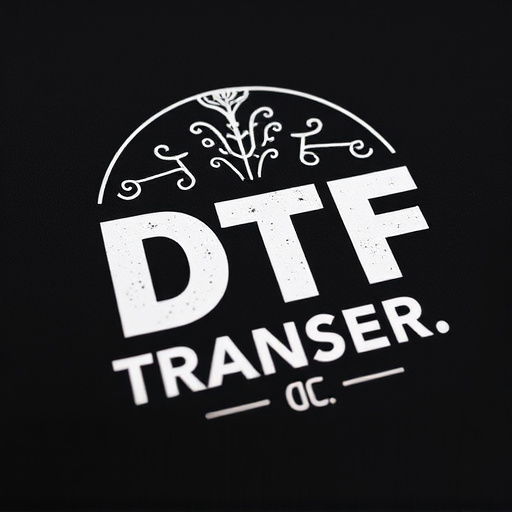
When optimizing transfers for light-colored garment materials using Direct to Fabric (DTF) printing, selecting the appropriate DTF ink is paramount. The right ink ensures that prints on light fabrics remain vibrant and crisp, avoiding the ghosting or fading often seen with subpar products. Look for inks formulated specifically for DTF transfer printing, which offer superior adhesion and color accuracy. These inks are designed to penetrate the fabric while maintaining their saturation and detail, resulting in high-quality DTF prints.
Consider factors like ink composition, dry time, and heat requirements when choosing your DTF ink. Fast drying times reduce production wait times, while compatible heat settings ensure proper bonding with various fabric types. Testing a range of inks on different light-colored fabrics can help you identify the best match for your DTF transfer needs, guaranteeing that each print meets or exceeds expected quality standards.
Application Techniques to Achieve Crisp and Vibrant DTF Prints
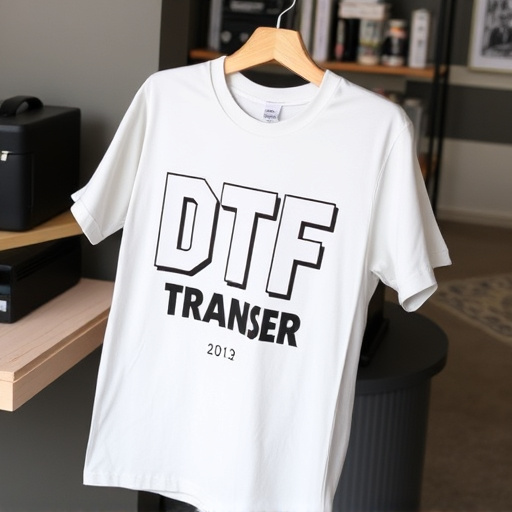
Achieving crisp and vibrant DTF (Direct-to-Fabric) prints on light-colored garment materials requires a meticulous approach to application techniques. The process involves several key steps to ensure optimal results, from preparing the fabric surface to precisely positioning the transfer. One effective method is to use specialized printing presses that apply consistent pressure, allowing for detailed and accurate transfers. This technique is particularly beneficial for light fabrics as it minimizes the risk of smudging or bleeding, preserving the original color and texture.
Additionally, pre-treating the fabric with appropriate adhesion agents can significantly enhance DTF transfer quality. These agents create a temporary bond between the fabric and transfer, ensuring a secure attachment during printing. Post-print treatments like heat pressing further strengthen the bond, resulting in long-lasting, high-quality DTF prints. This meticulous attention to detail is what distinguishes exceptional DTF transfers, enabling designers and manufacturers to produce garments with bold, vibrant designs on light-colored fabrics.
Common Challenges and Their Effective Solutions in DTF Printing
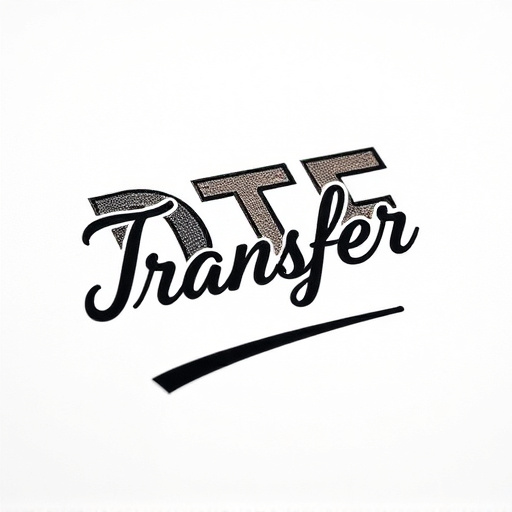
In the realm of printing on light-colored garments, Direct to Fabric (DTF) transfers present a unique set of challenges. One of the primary hurdles is achieving vibrant, crisp prints that match the quality of traditional methods while adhering to the delicate fabric fibers. This often involves dealing with issues like color fading, print smudging, and ink bleeding, especially when printing on materials like cotton or linen.
However, these challenges have effective solutions within the DTF Printing process. Advanced ink formulations tailored for light-colored fabrics ensure rich, vivid colors that withstand washing. Precise printing techniques, including the use of high-resolution printers and specialized inks, minimize smudging and bleeding. Additionally, heat presses with controlled temperature settings play a pivotal role in ensuring secure, long-lasting DTF prints on these materials. This meticulous approach allows for beautiful, durable DTF transfers, transforming light-colored garments into vibrant canvases without compromising quality or durability.
The Future of DTF Transfer Printing: Trends and Innovations

The future of DTF (Direct to Fabric) Transfer Printing is bright, with continuous innovations pushing the boundaries of what’s possible on light-colored garment materials. One prominent trend is the increase in demand for high-resolution, vibrant DTF prints that rival traditional printing methods. This shift is driven by consumers’ preference for unique, personalized clothing and accessories.
Innovations in DTF transfer ink technology are playing a significant role in this evolution. Manufacturers are developing inks with enhanced color depth, better fade resistance, and faster drying times. Additionally, advancements in printheads and press technologies enable more precise application of ink, resulting in finer details and smoother gradients in DTF prints. These trends suggest that DTF Transfer Printing will continue to be a preferred method for creating on-trend, high-quality garments and accessories in the years to come.






